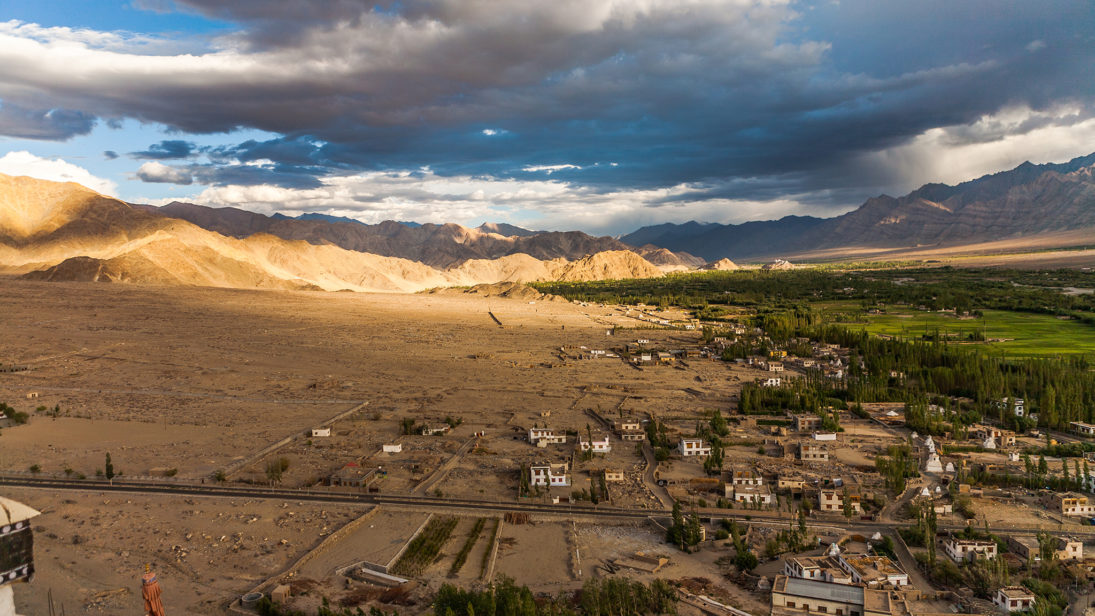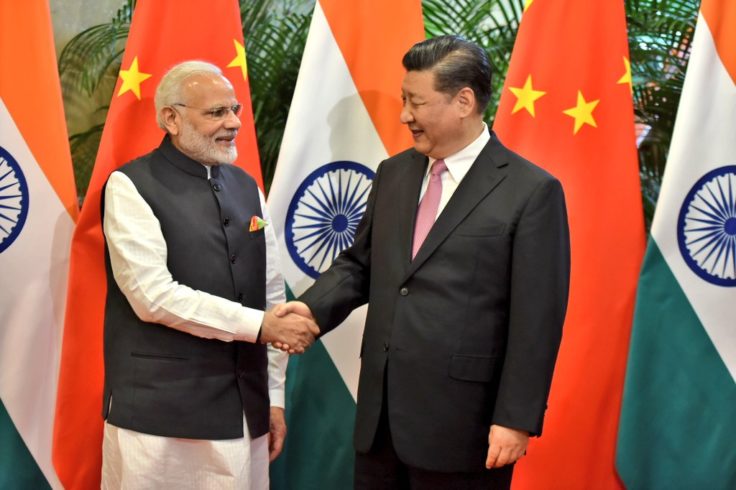
On August 5, when India abrogated Article 370 of its constitution and revoked Jammu & Kashmir (J&K)’s special status, the echoes of the action could be heard as far as Beijing. By analyzing commentaries in the Chinese language press, publications by Chinese academics and think-tank analysts, and tracking social media threads in China, this article provides insight into the Chinese discourse on the recent developments in J&K. It further delves into China’s rationale behind a comparatively restrained response and highlights how Beijing might possibly respond to recent Indian action.
Although Beijing publicly refers to the Kashmir dispute as a bilateral issue between India and Pakistan, in its domestic circles, it is understood that China is also a party to the dispute and whenever Kashmir’s territorial issues are settled between India and Pakistan, the relevant sovereign authority will also need to renegotiate the final delineation of international borders with China.
Therefore, India’s decision to revoke J&K’s special status and firmly integrate Jammu, Kashmir, and Ladakh with the rest of India generated a strong response from China. In an August 6 statement, the Chinese Foreign Ministry asserted: “China is always opposed to India’s inclusion of the Chinese territory (Ladakh) in the western sector of the China-India boundary into its administrative jurisdiction. Recently India has continued to undermine China’s territorial sovereignty by unilaterally changing its domestic law. Such practice is unacceptable and will not come into force.”
Although Beijing publicly refers to the Kashmir dispute as a bilateral issue between India and Pakistan, in its domestic circles, it is understood that China is also a party to the dispute and whenever Kashmir’s territorial issues are settled between India and Pakistan, the relevant sovereign authority will need to renegotiate the final delineation of international borders with China.
China’s public discourse was also highly critical of the Indian move. While some bemoaned the loss of “45,000-square-kilometer of forgotten Chinese territory, 45 times the size of Hong Kong and 7 times of Shanghai” to India, others lamented “Iron Brother” Pakistan’s inability to retaliate more forcefully, given its shaky economy, the risk of being black listed by the Financial Action Task Force (FATF), and the international isolation that it currently faces. A recent article published by Zhang Jiadong, Director of the Center for South Asian Studies at Fudan University, listed three clear motives behind India’s move in Kashmir: 1) reducing the importance and sensitivity of the Kashmir issue on the international stage by changing the political and geographic map of Kashmir; 2) addressing the secessionist tendencies in the Valley by changing the local demographic structure and ethnic distribution of the region, and finally, 3) enhancing India’s defense posture vis-à-vis China at the border areas by integrating military and political resources in the Ladakh region.
Explaining China’s Relatively Muted Stance
In the backdrop of recent Indian action in J&K, China has reiterated its strong support for Pakistani rights and interests in the region in various press statements and even helped Islamabad raise it at the UN for the first UN Security Council meeting on the Kashmir issue in over 50 years. However, some Chinese commentators argue that Beijing has taken a relatively “restrained” stance this time, not commensurate with the gravity of the development. Apart from the statement on Ladakh, Beijing has refrained from publicly challenging the Indian move and Chinese Foreign Minister Wang Yi urged both India and Pakistan to resolve the issue peacefully. The rationale provided by Chinese news publications and social media for this restrained stance is manifold.
First, since this is a change in the Indian constitution and no military action has been taken that undermines the Line of Actual Control (LAC) or the Line of Control (LOC), China did not want to overreact. An article in the Chinese news portal Chawang equated the situation with Japan’s bid to amend the peace constitution, where China can do little, other than protesting
Further, worsening Sino-U.S. trade tensions are currently at the forefront of China’s foreign policy concerns. Therefore, as long as India does not directly challenge the Line of Actual Control or push China into a corner, Beijing is expected to adopt a relatively restrained position, focusing on political negotiations to resolve differences.
Thirdly, with the United States wooing India to play a nodal role in its Indo-Pacific strategy, Beijing is concerned that any pronounced dip in China-India ties could make New Delhi lean more towards Washington and engage actively in countering China. Since building an understanding at Wuhan after tensions flared during the Doklam conflict, Chinese analysts argue that China-India ties have entered “a new stage of steady development” both economically and otherwise, and Beijing is in no mood to backtrack. In fact, there was speculation on Chinese social media that the United States had influenced India’s decision on Kashmir at a time when China-India relations were returning to an even keel, which is in line with growing Chinese suspicion of an invisible U.S. hand behind multiple adverse developments in and around China in recent times, such as the Hong Kong protests.
Finally, since China, Pakistan, India, and Russia are all members of the Shanghai Cooperation Organization (SCO), commentaries in Chinese media highlight that the issue can be better resolved through political channels within the framework of the SCO. If not a political solution, at least further escalation of hostility can be arrested.

Beijing’s Possible Response
After August 5, Chinese blogs have been flooded with accounts on Ladakh and its historical association with “China’s Tibet.” The idea seems to be to create a national awareness about Ladakh as a “Chinese territory under occupation,” so that even if it may not be possible to recover the region forcefully for now, the issue could be raked up at a more opportune time in the long term. However, in the short term, some Chinese commentators suggest that Beijing, as a mark of protest, should re-confirm the status of Arunachal Pradesh and Ladakh as Chinese territory through a declaration by the Standing Committee of the National People’s Congress.
Apart from that, there is a growing constituency in China who seeks to build a case against India’s “major power ambitions” supported by its “provocative”, “high-risk” foreign policy that endangers regional peace and stability.
Apart from that, there is a growing constituency in China that seeks to build a case against India’s “major power ambitions” supported by its “provocative”, “high-risk” foreign policy that endangers regional peace and stability. Chinese academics Zhao Changfeng and Du Zhiyuan of Huazhong Normal University argue that after Prime Minister Narendra Modi came to power, India has abandoned its past policy of “forbearance” and has opted for “radical” policy measures. The argument is supplemented by reference to cases like the Doklam incident in 2017, the Balakot air strikes, and India’s continued resistance against the Belt and Road Initiative, clearly taking on Beijing. And globally as well, India has had disagreements with the United States over trade and the Iranian oil issue, as well as purchasing the Russian S-400 missile despite strong U.S. opposition. Therefore, Chinese analysts infer that rather than positively engaging major powers, India under Modi seems to be holding everyone to ransom to further its own agenda.
One could argue that in the present international scenario, an already constrained China’s somewhat muted response on Kashmir has gone in India’s favor. However, as the discourse above indicates, there should be little room for complacency on China within the Indian strategic establishment, especially as Beijing and New Delhi’s long-term interests continue to diverge.
***
Image 1: Sandeepa Chetan via Flickr
Image 2: MEA India via Twitter


